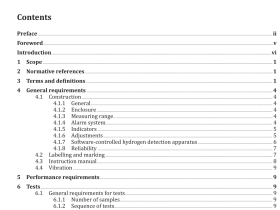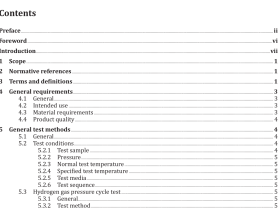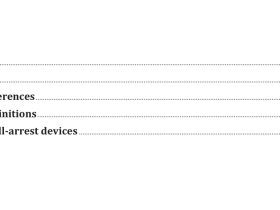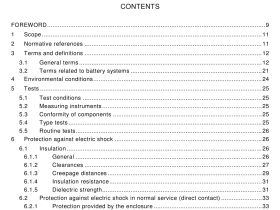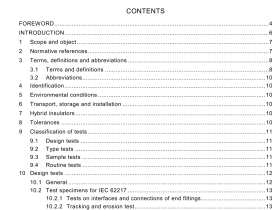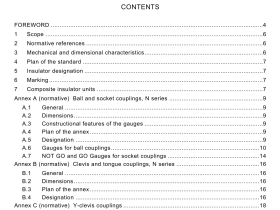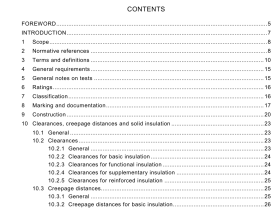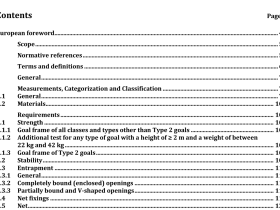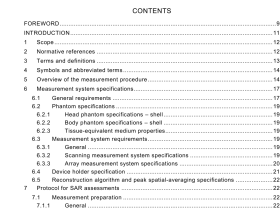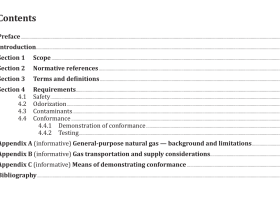AS 60669.2.1 pdf download
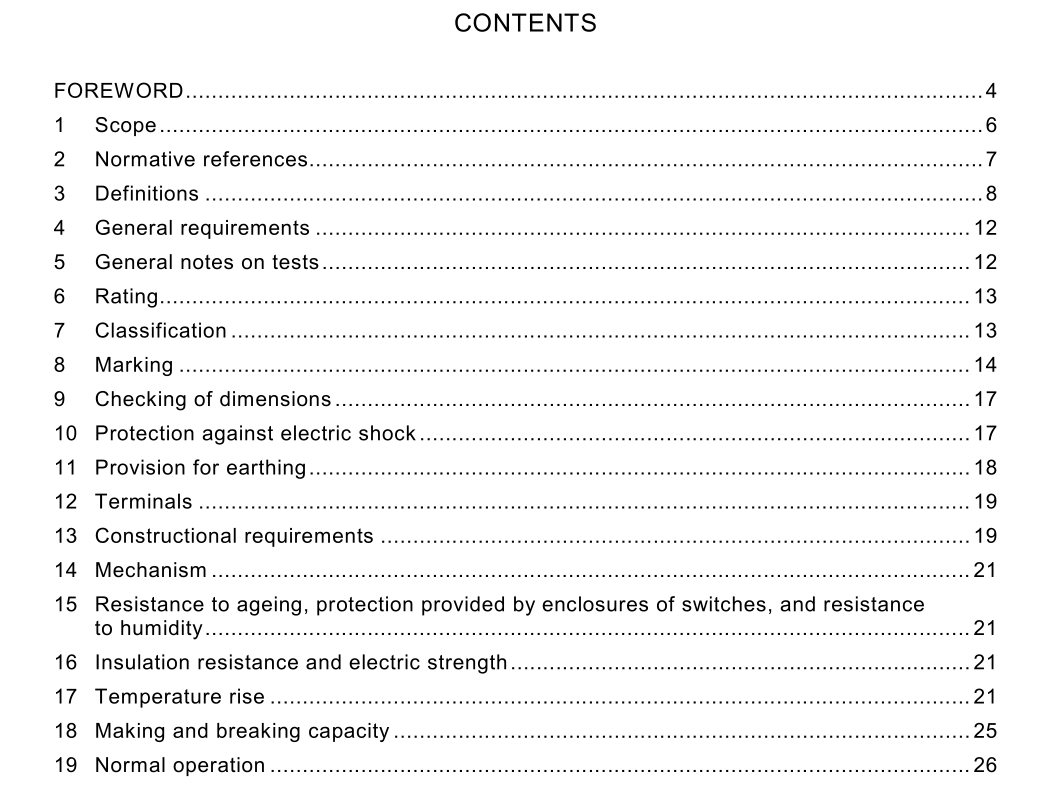
AS 60669.2.1 pdf download.Switches for household and similar fxed electrical installations
1 Scope
This clause of part 1 applies except as follows. Replacement: This standard applies to electronic switches and to associated electronic extension units for household and similar fixed electrical installations either indoors or outdoors. It applies to electronic switches for a.c. only, for the operation of lamp circuits and the control of the brightness of lamps (dimmers) as well as the control of the speed of motors (for example, those used in ventilating fans) and for other purposes (for example, heating controls), with a rated voltage not exceeding 250 V and a rated current not exceeding 1 6 A. The operation and/or control as mentioned above are performed by a person via an actuating member, a sensing surface or a sensing unit, by means of touch, proximity, turn, optical, acoustic, thermal or any other influence. This standard also applies to general purpose electronic switches with included automatic functions where the operation and/or the control is initiated by a change of a physical quantity, for example light, temperature, humidity, time, wind velocity, presence of persons, etc. This standard also applies to boxes for electronic switches, with the exception of mounting boxes for flush-type electronic switches.This standard also applies to electronic RCS and electronic TDS with a rated voltage not exceeding 440 V and a rated current not exceeding 25 A, intended for household and similar fixed electrical installations, either indoors or outdoors. NOTE 1 Switches including only passive components such as resistors, capacitors, inductors, PTC and NTC components, varistors, printed wiring boards and connectors are not considered as electronic switches. NOTE 2 Electronic switches may have control circuits with a.c. or d.c. rated control voltages. Electronic switches complying with this standard are suitable for use at ambient temperature not normally exceeding 25 °C but occasionally reaching 35 °C. In locations where special conditions prevail, such as in ships, vehicles and the like and in hazardous locations, for example, where explosions are liable to occur, special constructions may be required. NOTE 3 This standard is not intended to cover devices which are designed to be incorporated in appliances or are intended to be delivered together with a specific appliance and which are within the scope of IEC 60730 or IEC 61 058-1 . Examples of designs of electronic switches and functions are shown in annex AA. NOTE 4 Electronic switches without a mechanical switch in the main circuit do not provide a “full off-state”. Therefore, the circuit on the load side should be considered to be live.
3 Definitions
This clause of part 1 applies with the following additions. Addition, after the first paragraph: The term “electronic switch” is used as a general term to cover both electronic switching and control devices. 3.1 01 rated load load assigned to the electronic switch by the manufacturer 3.102 minimum load lowest load at which the electronic switch still operates correctly 3.103 minimum current lowest current at which the electronic switch still operates correctly 3.104 electromechanically operated contact mechanism component which operates the parts used to open and close the circuit electromechanically 3.105 semiconductor switching device switching device designed to make or break the current in an electric circuit by means of the controlled conductivity of a semiconductor in that circuit NOTE 1 In a circuit where the current passes through zero (periodically or otherwise) the effect of “not making” the current following such a zero value is equivalent to breaking the current. NOTE 2 Typical examples of semiconductor switching devices are: − electronic switching devices using the phase-cut-on principle to control the load by electronic switching on the current at any phase angle at or after zero crossing in each half-wave, for example, by a thyristor; − electronic switches using the phase-cut-off principle to control the load by switching off the current at any phase angle after zero crossing in each half-wave, for example, by a transistor in a diode bridge. 3.1 06 electronic momentary contact switch electronic switch with an electromechanical switching mechanism or a semiconductor switching device which returns automatically to the initial state after operation 3.1 07 mechanical control unit unit directly adjustable by mechanical means (for example, potentiometer) which controls the output via electronic components
